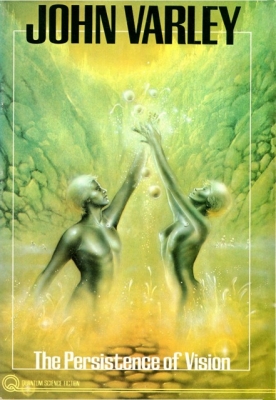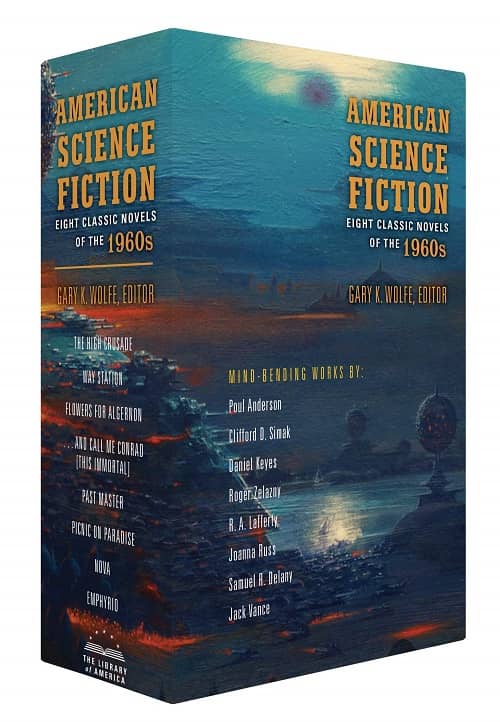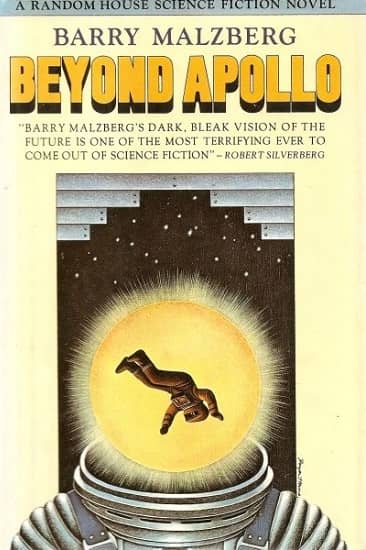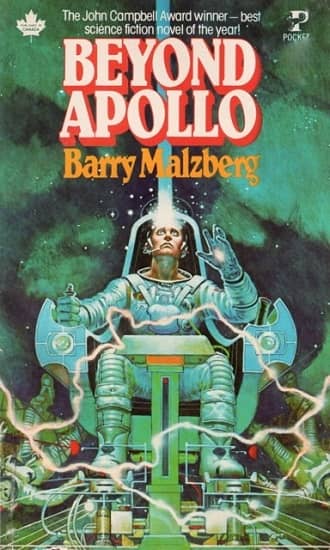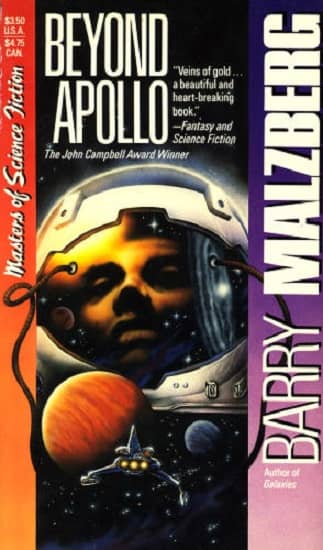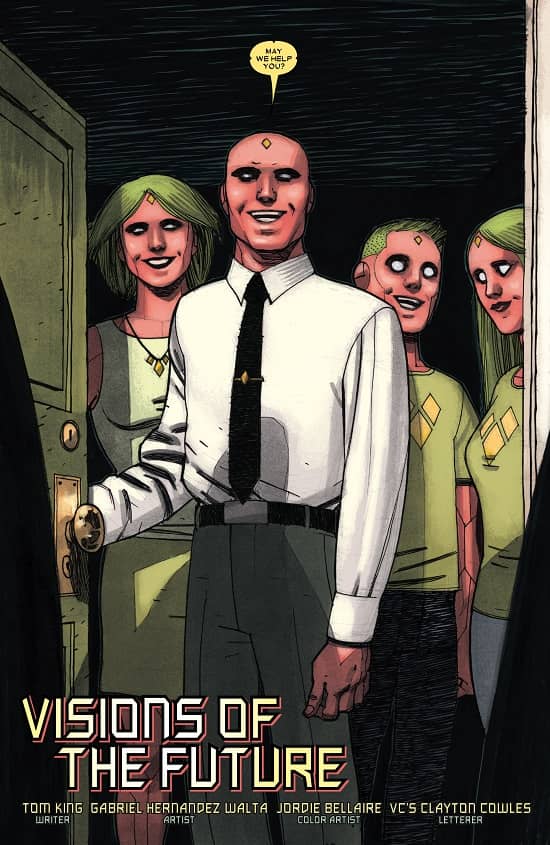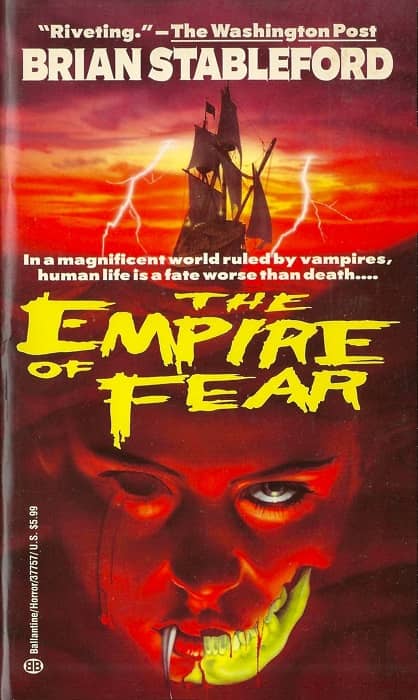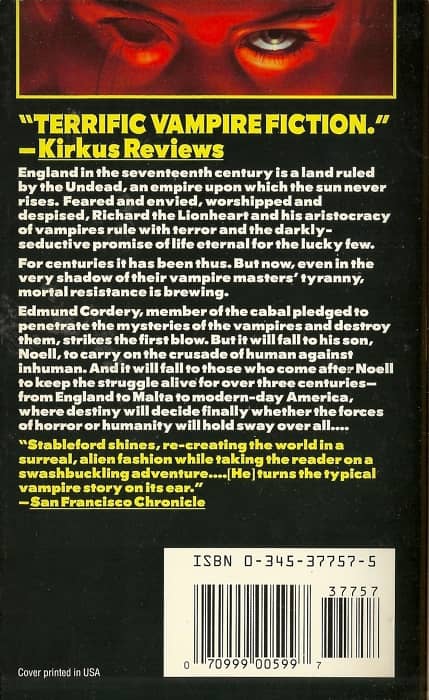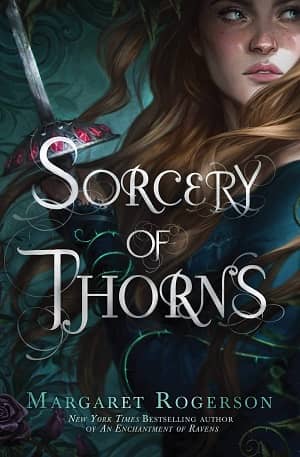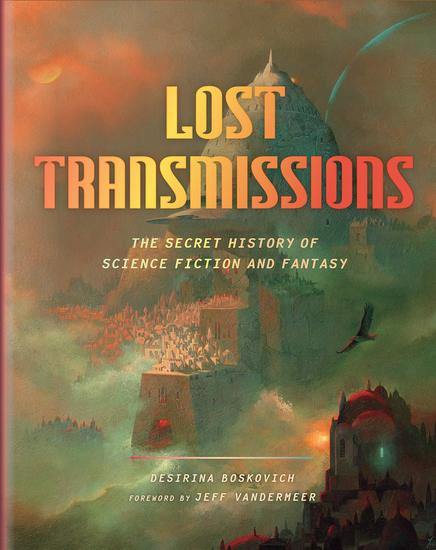New Roads are Unfolding: The Last Road by K. V. Johansen
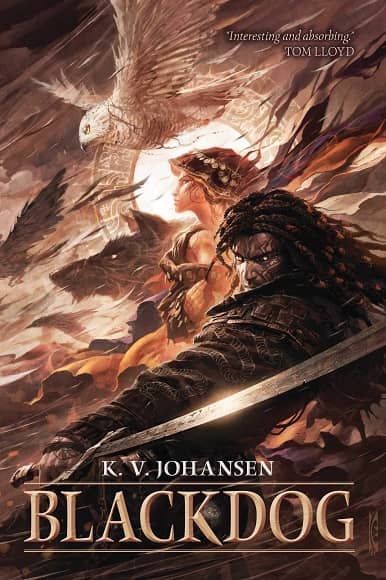 |
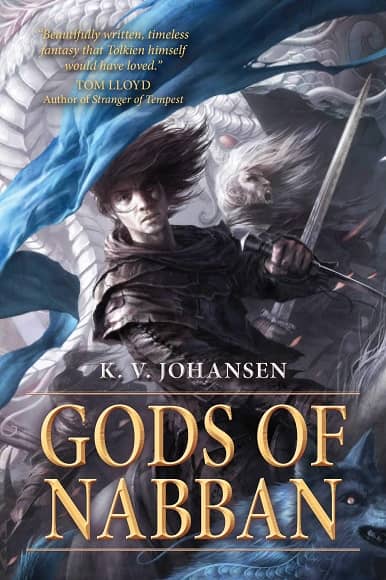 |
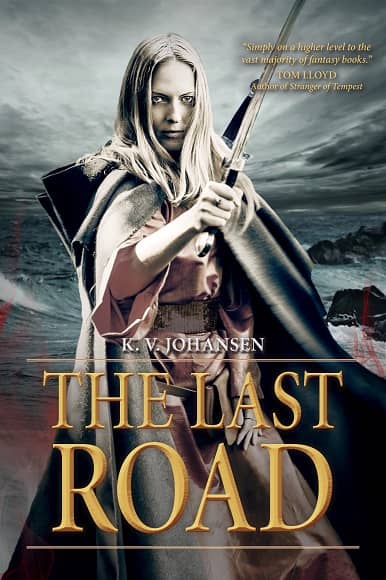 |
Cover art by Raymond Swanland (Blackdog, Gods of Nabban) and Jennifer Do (The Last Road)
The Last Road is the fifth and final book of Gods of the Caravan Road, a silk road fantasy full of gods, goddesses, demons, devils, wizards, and caravaneers. (Also camels.) Chronologically, the story begins with “The Storyteller,” which was published in Andromeda Spaceways quite a long time ago. You can find it now in my collection The Storyteller and Other Tales. I had Blackdog, the first novel, mostly written when I wrote “The Storyteller.” I’ve never been good at beginning at the beginning. I find that starting a story always raises questions about how it got to that point and I want to look backwards as well as forwards. In “The Storyteller,” the devil Moth — one of seven wizards who “in the days of the first kings in the north” bonded themselves with the souls of seven devils — is freed from her prison/grave and joins forces with the half-demon wer-bear Mikki to hunt for the devil Heuslar Ogada.
In Blackdog, a caravan-guard, Holla-Sayan, is possessed by the shapeshifting Blackdog, the obsessively protective, sometimes savage, guardian spirit bound to the goddess Attalissa, who must flee her homeland incarnated as a powerless child when her town is captured by a wizard warlord whom she believes intends to devour her. Holla takes her along as his daughter on the caravan road. Their story intersects with that of Moth, who has been set by the Old Great Gods to hunt and execute her fellow devils.
Marakand, which is published in two volumes as The Leopard and The Lady, is the story of the goddess-cursed assassin Ahjvar — who claims he died almost a century earlier — and his friend and would-be lover Ghu, as the city of Marakand rises in revolt against its goddess. With impressive bad luck, Holla-Sayan’s caravan comes to the city just in time for the civil war, and Moth and Mikki arrive on the trail of another devil.

